I knew within the first five minutes of the swim something wasn’t right.
I’d had no coming premonition, no uneasy feelings. I hadn't even really had any pre-race anxiety. I was looking forward to my third Across The Lake Swim, and I'd earmarked 31 minutes as my goal time for the crossing, besting both my 2011 and 2013 swim times. I'd been swimming fastidiously through the winter, posting some solid 500m and 1,500m time trails, excited to put my swim fitness and open water swim training to the test. I secretly was hoping to end up back on the W 30-39 podium, having been beat out on a second place position narrowly the year before. (But widely missed out the first slot, which belonged to Heather Wurtele, professional athlete and all-around awesome chick).
Side step. July had been busy. With two clients with two huge events (one being ATLS, the other Ironman Calgary just eight days later) I'd been juggling like mad and trying to stay on top of business, which I did to some degree of success. I entered into ATLS feeling particularly tired, having worked the expo the three days prior, and having been working on Ironman Calgary and another client project from Kelowna. I was distracted by my work and had given little thought to the swim, beyond the fact that it might be my only real athletic event of the year (TBD).
I was a little baffled at first toe dip on Saturday morning of the event that the water was so cold. It had been a blazing 41C only a few days earlier, how possibly could Lake Okanagan be so cold? As the cold water leaked in slowly through the back of my suit I gave it no additional thought. Hillary and I swam a short warm up, including a few race pace efforts, and made our way to the starting line. The horn sounded, our wave sprinted off the start line, and I began spotting the buoy from across the lake.
It is now, at five minutes into the race, when I first notice I need to continue to correct my body position in the water. Every time I lift my eyes to sight, I have drifted off the line of my final destination. I'm in a current was my thought, followed closely by I'm not too sure how to correct this. I remember learning how to swim out of a RIP tide when I was surfing, I had not learned totally how to correct for current, with the exception of when I did Escape from Alcatraz triathlon. I had that current cased.
Here I am, trying to continually adjust to the current which is now pulling me continuously away from the direction which I want to go. I can feel the first creep of frustration and I try to breathe and remember what Jack Van Dyk told me in my very first ETS class in 2005. Keep your emotions in control. Being emotional won't help you. Remain calm. Remain focused.
I continue to swim when the chop starts.
Any open water swimmer who has dealt with this can attest to how difficult it can be. The chop started which meant the following things in this order:
1. Every time I turned my head to breathe I swallowed a large mouthful of lake water.
2. Every time I lifted my head to sight to shore I was blind because of the waves coming up in front of me.
3. My body got tossed and turned around a little bit like a beach ball on a parachute we used to play with as kids in elementary.
4. Because of #1, I started to feel very, very unwell.
I would lift my head and spot shore, and count 30 furious strokes. I would lift my head again, noticing how little progress I had made. I continued this frustrating cycle of furious strokes, followed by swallowing of water, followed by having to bring my body totally vertical to understand where I was.
When I reached the shore- FINALLY- I knew I wasn't going to like the numbers on the screen. I felt like I'd been fighting in the water forever, and I knew whatever the clock said wouldn't be indicative of what I was actually capable of. I saw the 49:50 clocking and groaned inwardly. I was a gruesome 18 minutes off my goal time. Ugh.
Swimmers continued to arrive on shore, crying, vomiting, frustrated when another thought dawned on me. This could be a PR nightmare. My work hat went on, I stripped off my wetsuit and logged onto ATLS' social media and began responding to the torrent of comments that rolled in. I can't find my swimmer, I see an ambulance, what's going on out there, etc. etc. I worked to begin answering questions, and issued a statement from the swim. It was a busy rest of the day, with almost one fourth of the swimmers having to be pulled from the water, putting incredible strain on the Safety Director and the supporting boats. Luckily, no one was seriously injured, and the emergency action plan went according to plan.
We placed emphasis on the accomplishment of the swim, and stuck to our key messaging in the days that followed. Later, Peter (President) later issued a perfect statement from the swim explaining in science terms what happened, but also emphasizing the importance of safety and how happy they were no one was hurt. I was so proud to be associated with the event, because I felt the communication was incredibly well executed in an extremely stressful situation.
Besides my less than stellar clocking of 49:50; I was happy to be out of town for a few days. I was happy to swim across the lake, despite the difficulty. I have had to resist the urge to let my inner triathlete run wild and tell everyone THE STORY of the race, and WHY I DIDN'T PERFORM. Like the race, I developed a key message it just wasn't my day out there; challenging conditions, helps make me a better athlete.
After all, in work and life, isn't it true that smooth seas don't make for a skilled sailor?
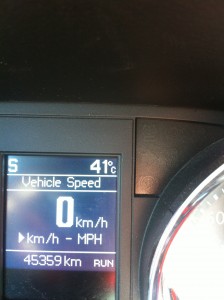
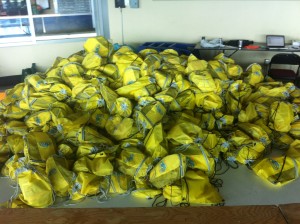

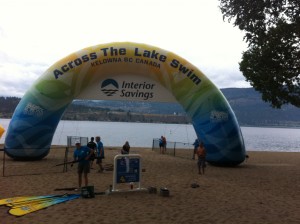
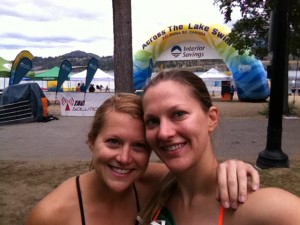




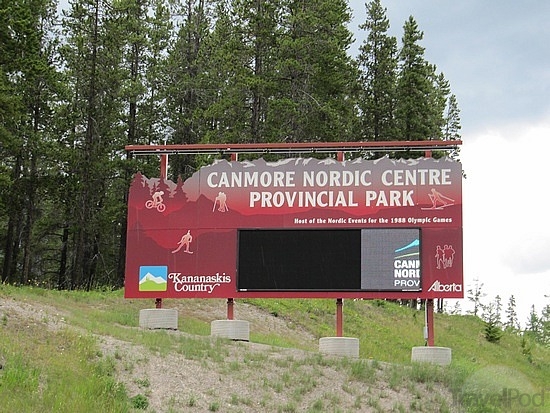







Recent Comments